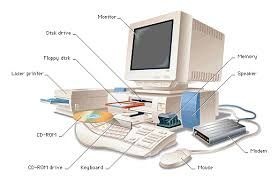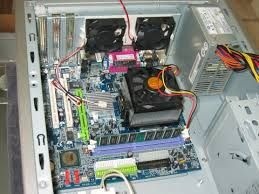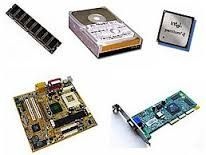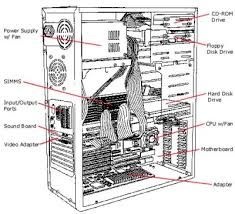COMPUTER COMPONENTS:
virtually all contemporary computer design is based
on concept developed by John von Neumann at the Institute for Advanced Studies,
Princeton. Such a designs are referred to as the von Neumann architecture and are based
on three key concepts:• Data and instruction is stored in a single reads–writes memory.

• The contents of this memory are addressable by locations, without regard to
the types of data contained there.
• Executions occur in a sequential fashions (unless explicitly modified) from one
instruction to the next.

There is a small sets of basic logic components that can be combined
in various ways to stores binary data and to perform arithmetic and logical operations
on that data. If there is a particular computations to be performed, a
configuration of logic component designed specifically for that computation could
be constructed.We can think of the process of connecting the various components in
the desired configurations as a form of programming. The resulting “programs” is in
the form of hardware and is termed a hardwared program.

Now considers this alternative. Suppose we construct a general-purpose configurations
of arithmetic and logic function. This set of hardware will perform various
functions on data depending on control signal applied to the hardware. In the original
case of customized hardwares, the system receive data, accept it and produces results.
With general-purpose hardwares, the system accepts data and control
signal and produce result. Thus, instead of rewiring the hardwares for each new
programs, the programmer merely need to supply a new set of control signal.




